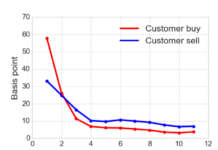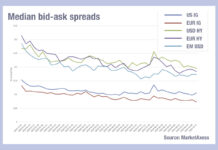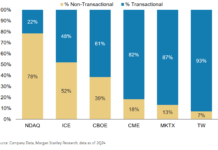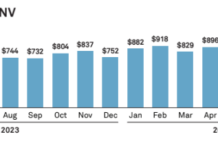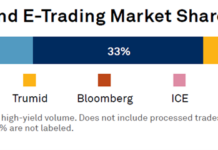Close to a third of interest-rate derivatives (IRD) traders are content with the technology use of their dealers, according to a recent Coalition Greenwich report. However, almost a fifth agree that improvements could be made around operations and trading workflow technology.
In interviews with the buy side, 29% stated that no improvements were needed to dealers’ current technology. Among those who did see space for improvement, 18% identified operations and trade workflow as a priority. A further 14% cited pricing, while 11% noted connectivity and electronic trading as areas that could be improved.
On the first point, the integration of dealer technology and data into client workflows will allow traders to focus on higher-value activities, the report stated, and could help the buy side to achieve more optimised performance across the desk. Clients want to improve their own internal workflows, the report found, and believe that dealers can support them in this goal by accelerating processing.
Regarding pricing, end users wanted change around what price is quoted to the client, and the timeliness of the quotes. Some added that they would like to access and evaluate prices more quickly, and improve the interaction between the sell-side trader and the automatic quoting component.
IRD notional volume was up by 11% between 2022 and 2023, the report states, reaching US$324.5 trillion. In the same time, dealer revenue from interest-rate swaps trading fell by 9% to US$7.96 billion. This demonstrates the increasingly competitive nature of the IRD dealer market, Coalition Greenwich says. In order to protect and increase revenue, dealers must focus on client relationships.
Dealer spend has been focused on technology across the board, the report explains, with many intermediaries targeting client portals and similar tools to improve “stickiness” with their clients.
Coalition Greenwich named pricing, quality of sales and trading coverage as the primary reasons that those on the buy side may shift their flow to another broker for IRD trading. Among participants, 34% selected pricing as the primary factor that could reduce flow to a dealer. Sales and trading coverage was highlighted by 31%, while just 8% saw credit or instrument coverage as a significant risk.
Other factors that could influence the buy side to change their dealers include changes in traders on a dealer’s desk – changes that “do not go unnoticed by clients, the report assured – good customer service, and strong sales coverage.
©Markets Media Europe 2024


